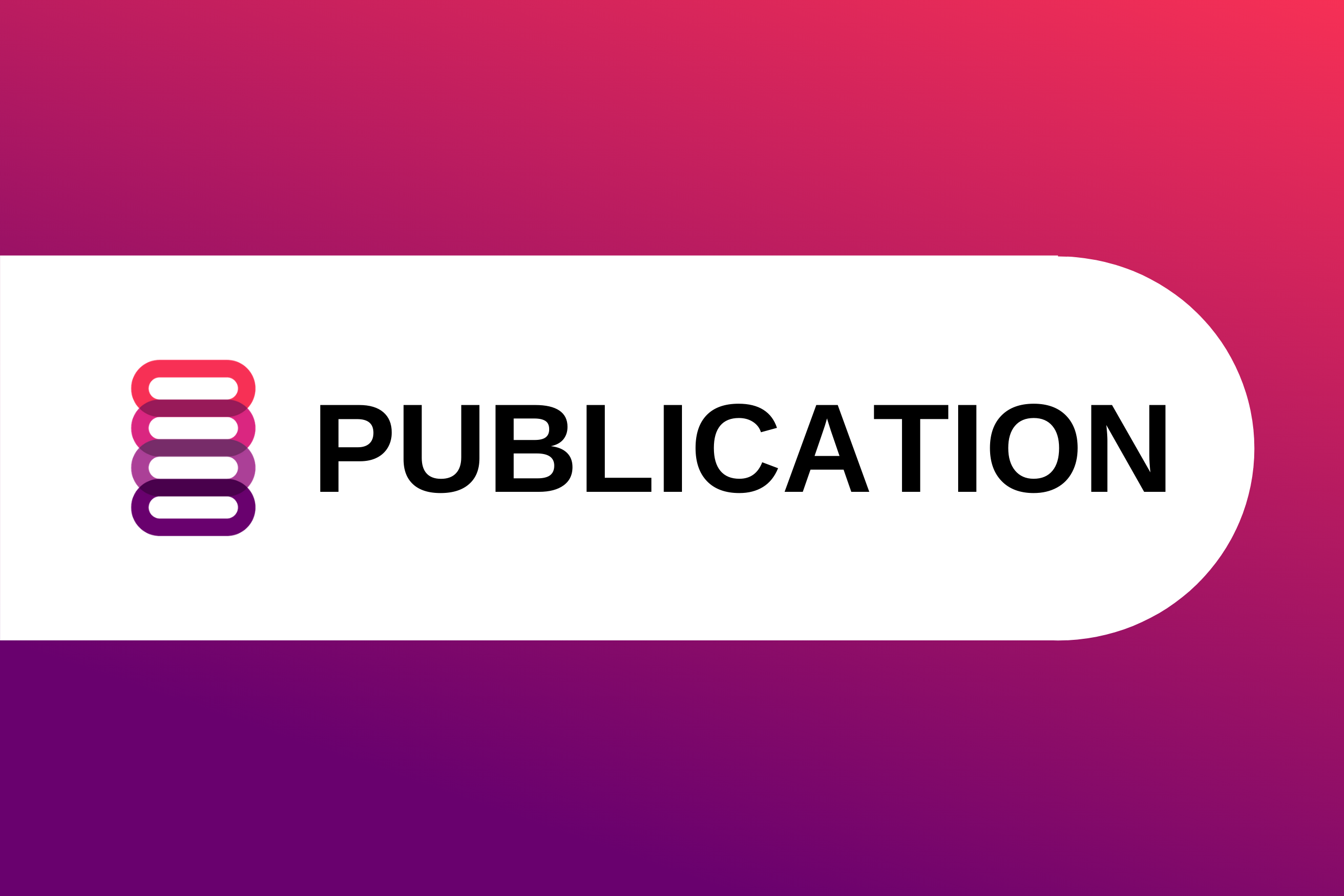Approximately 36 percent of workers in Westchester County, New York lack paid sick time, and low-income and part-time workers are especially unlikely to be covered. Access to paid sick time promotes safe and healthy work environments by reducing the spread of illness (Kumar, et al. 2013; Drago 2010) and workplace injuries (Asfaw, Pana-Cryan, and Rosa 2012), reduces health care costs (Miller, Williams, and Yi 2011), and reduces work-family conflict by providing greater flexibility to fulfill caregiving responsibilities (Allen, et al. 2014). This briefing paper presents estimates of access to paid sick time in Westchester County by sex, race and ethnicity, occupation, part/full-time employment status, and personal earnings through analysis of government data sources, including the 2012–2014 National Health Interview Survey (NHIS) and the 2012–2014 American Community Survey (ACS).
Access to Paid Sick Time by Sex and Race/Ethnicity
— Among all workers in Westchester County, 64 percent have access to paid sick time (Figure 1), and 36 percent, or about 123,000 workers, lack access (Table 1).1
— Workers of color are less likely than white workers to have access, with Hispanic workers substantially less likely to have access (Figure 1): 50 percent of Hispanic, 33 percent of Black, and 32 percent of Asian workers in Westchester County lack access to paid sick time compared with 31 percent of White workers (Table 1).
— State and local government workers are much more likely than private sector workers to have paid sick time: 87 percent of state and local government workers have access to paid sick time in Westchester County compared with 60 percent of private sector workers (Figure 1).



